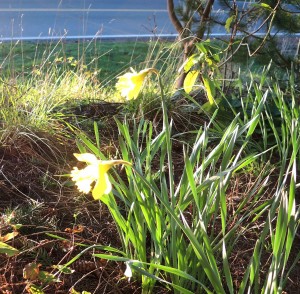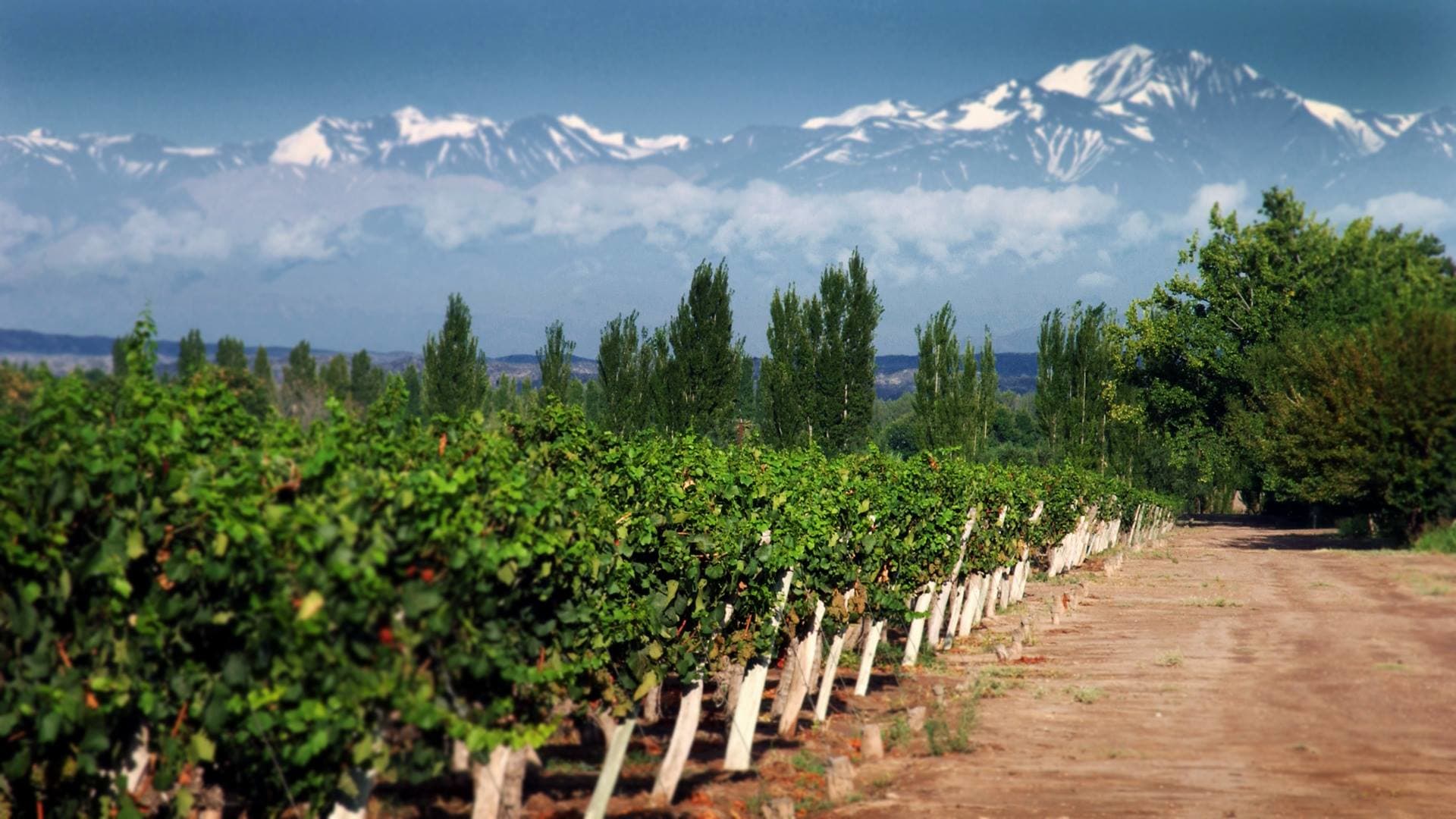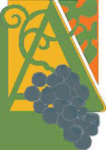lummi island wine tasting mar 24 ’23
Hours this weekend: 4-6 pm Friday only

Friday Bread Pickup This Week

Honey, Wheat, Lemon & Poppy seeds – Made with a poolish that ferments some of the flour, yeast and water, but none of the salt, overnight. This results in a very active pre-ferment which is mixed the next day with the final ingredients which includes a nice mix of bread flour and fresh milled whole wheat. Some honey, poppy seeds and freshly grated lemon peel round out the flavors in this loaf. – $5/loaf.
Flax Seed Currant Ciabatta – Made with a poolish that ferments some of the flour and water overnight before being mixed with the final ingredients which includes a nice mix of bread flour and fresh milled whole wheat and rye flours. Loaded up with flax seeds and dried currants for a delicious bread. This bread is mixed with a lot of water that makes for a very slack dough so it can’t be weighed out and shaped like other bread, it is just cut into pieces. A really flavorful artisan loaf – $5/piece
and pastry this week…
Rum Raisin Brioche: A delicious brioche dough full of eggs, butter and sugar. Filled with golden raisins and chunks of almond paste and (wait there’s more!) topped with a chocolate glaze before baking!- 2/$5
To get on the bread order list, click on the “Contact Us” link above and fill out the form. Each week’s bread menu is sent to the list each Sunday, for ordering by Tuesday, for pickup on Friday. Simple, right..? If you will be visiting the island and would like to order bread for your visit, at least a week’s notice is recommended for pickup the following Friday.
Wine of the Week: Toso Reserve Malbec ’19 Argentina $21

Notes: Elegant and balanced with good concentration and ripeness;focused, clean notes of blackberry, plum, and ripe, dark cherries; a plush, elegant mouthfeel, easy tannins, and lingering notes of leather and Spring soil..
Pascual Toso winery is named for its original founder, who emigrated from Italy to Argentina in 1880 (OMD, that’s 140 years ago!). Sr. Toso settled in Mendoza, and with a family history in wine making, and intrigued by the exceptional quality of the vineyards in the region, opened his first winery in San Jose in 1890.
In subsequent years he (among others!) was a pioneer in proving the exceptional terroir of the Maipu Valley, where he bought land and developed vineyards. These days the winery has planted additional Bordeaux varietals cabernet sauvignon and cabernet franc, which, not surprisingly, also do very well in Mendoza.
All these many decades later, the winery has changed hands over time and is now, like an increasing proportion of wineries globally, owned by a global corporation, which often leads to declining quality. In this particular case, though, the proof is in the tasting– this wine delivers a lot of flavor for its moderate price point!
This Week’s $10 Wine Tasting:
Maryhill Winemaker’s White ’20 Washington $
Sauv Blanc, Viognier, Semillon, Albarino and Pinot Gris blend makes for a flavorful Bordeaux-style white blend; a slow, gentle press cycle ensures optimum fruit character, and each varietal partially fermented separately before blending.
Townshend Cellars T3 Red Washington $18
Bordeaux style blend of cab, merlot and cab franc; fruit forward with hints of black currant and vanilla, with layers of complexity and depth through extensive oak aging in French and American barrels.
Toso Reserve Malbec ’19 Argentina $21
Elegant and balanced with good concentration and ripeness; focused, clean notes of blackberry, plum, and ripe, dark cherries; a plush, elegant mouthfeel, easy tannins, and lingering notes of leather and Spring soil..
Economics of the Heart: The Coming Scarcity of Everything
The recently released UN report on climate change has documented a very long list of ways that we humans could theoretically slow and reverse the catastrophic effects of the climate changes that we have brought forth on our Mother planet. The report analyzes numerous scenarios of atmospheric carbon reduction in detail, and concludes that yes, is still barely possible, if we act immediately, with deep, global, and unified commitment, that we could theoretically keep global average temperature increase under 1.5°C, and, you know, save the Planet. The report then goes into great detail analyzing how we got to this critical point and the possible outcomes of various global response scenarios.
In just the last two decades climate change has already caused substantial damages and irreversible losses to terrestrial, freshwater, cryospheric (permanent ice cover), coastal, and open ocean ecosystems. Hundreds of species have already migrated or perished from heat, drought, flooding, desertification, food scarcity, or increased predation, and human communities across the world are now regularly experiencing the worst storms, flooding, winds, and heat waves on record. And they are getting worse each year. It’s Here, it’s Happening, and it Getting Worse every day.
Even the tiny increase in average sea level rise of several inches in recent years has been enough to show us that coastlines are rapidly becoming economically uninhabitable already; it only takes one super-storm during a king tide to wipe out an entire community; how many times can one afford to rebuild?
Human populations across the world are now all experiencing the destructive manifestations of their own geography. Many places, particularly in lower latititudes, face increasing scarcity of both food and water as conditions grow hotter and drier. The UN report estimates that some 3.5 billion people are trapped in these failing “geomes” (just-coined term for “geographically bounded habitats”…?) where declining rainfall and falling food production pose grim prospects for the foreseeable future.
Roughly half the world’s population currently experiences severe water scarcity for at least part of the year due to a combination of climatic and non-climatic drivers. At the same time, ocean warming and acidification are adversely affecting food production from fisheries and shellfish aquaculture in some oceanic regions. The growing geographic– and hence also ethnic, racial, and cultural–redistribution of resource availability is combining with growing scarcities of food and water, failing governance, and increasing mass mortality from thirst and hunger to condemn entire populations to struggle for basic necessities.
It would be both wonderful and very surprising if the world were able to pull together into an “all for one and one for all” commitment. The Good News is that it is our best shot at an appealing global future, and it is “possible.”
Still…given what we know about human nature from history, leading up to and including the deliberate efforts of the energy industry to deny the dangers of climate change though they had sponsored the very studies — one of which I worked on 40 years ago– that predicted it with considerable accuracy. They spent many $millions over these forty years convincing people that global warming was nothing to worry about. All of this suffering, all of this anguish, and this existential threat to all life on our beautiful Planet Earth is because some greedy guys in suits were only concerned about their bottom line.
When you think about it, there seems to be something about our species that just doesn’t get the “system interdependence” thing…not the most promising species survival characteristic.
If you enjoyed this post, please consider to leave a comment or subscribe to the feed and get future articles delivered to your feed reader.

 2072 Granger Way
2072 Granger Way